What's the 'Next Big Thing'
sammie070502
17 years ago
Related Stories

LIFERetirement Reinvention: Boomers Plot Their Next Big Move
Choosing a place to settle in for the golden years? You're not alone. Where boomers are going and what it might look like
Full Story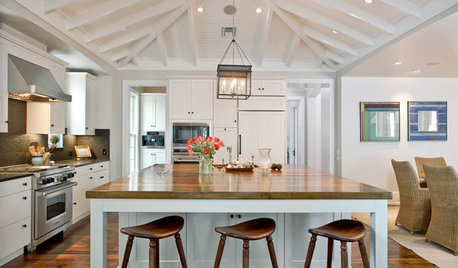
DECORATING GUIDESLiving Large: Take Your Big White Room to the Next Level
Large spaces can be a challenge to decorate. Here are 8 ways to keep yours cozy
Full Story
GREEN BUILDINGThe Big Freeze: Inventors Break New Ground to Keep Things Cool
Old-fashioned fridges can be energy guzzlers, but there are more eco-friendly ways of keeping food fresh, as these global innovations show
Full Story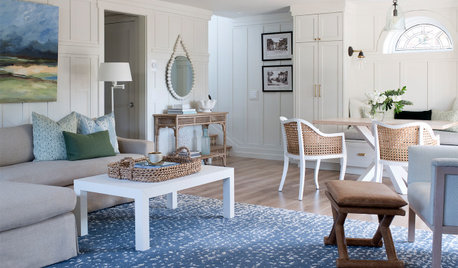
HOUSEKEEPING20 Things You Might Be Forgetting to Spring-Clean
Clean these often-neglected areas and your house will look and feel better
Full Story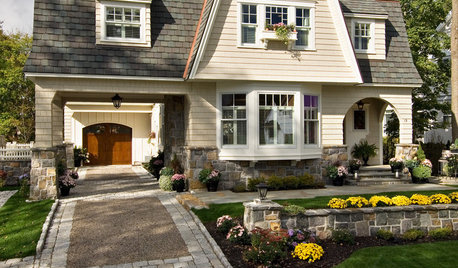
LIFE10 Best Ways to Get Organized for a Big Move
Make your next move smooth, short and sweet with these tips for preparing, organizing and packing
Full Story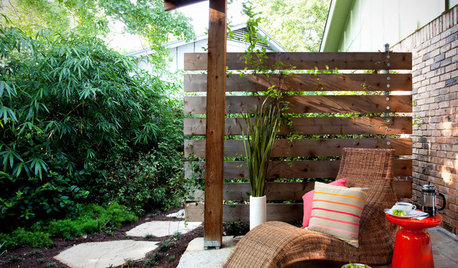
LANDSCAPE DESIGNThe Best Winter Garden Project? Plan for Next Year
Consider these 9 ideas now for a highly personal, truly enjoyable garden come spring
Full Story
HOLIDAYS5 Gifts for the Home They'll Love — That Cost Next to Nothing
Print your own gift coupons: Offer your time and skill for presents your loved ones will really use
Full Story
MOST POPULAR8 Little Remodeling Touches That Make a Big Difference
Make your life easier while making your home nicer, with these design details you'll really appreciate
Full Story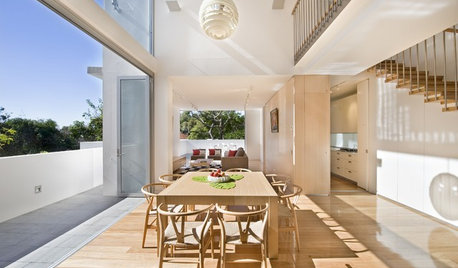
ARCHITECTUREAre Vaulted Ceilings Right for Your Next Home?
See the pros and cons of choosing soaring ceilings for rooms large and small
Full Story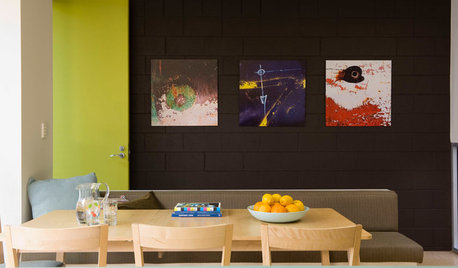
PAINTING10 Rules for Your Next Painting Project
Take your next painting journey from ‘argh!’ to ‘ta-da!’ with these designer tricks
Full Story



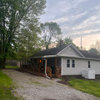


Saypoint zone 6 CT
Brent_In_NoVA
Related Discussions
What Rose Are You Expecting Big Things From This Spring?
Q
what are these big green things on my lilies
Q
What things are you going to try next year?
Q
What is the next best thing after Marvin Ultimates?
Q
sammie070502Original Author
Saypoint zone 6 CT
mad_gallica (z5 Eastern NY)
inkognito
annieinaustin
bahia
sammie070502Original Author
inkognito
sammie070502Original Author
catkim
inkognito
sammie070502Original Author
bahia
sammie070502Original Author
inkognito
Nell Jean
laag
barefootinct
annieinaustin
inkognito
sammie070502Original Author
maro
sammie070502Original Author
bahia
sammie070502Original Author
sammie070502Original Author
inkognito
bahia
sammie070502Original Author
laag
Brent_In_NoVA
punamytsike
maro